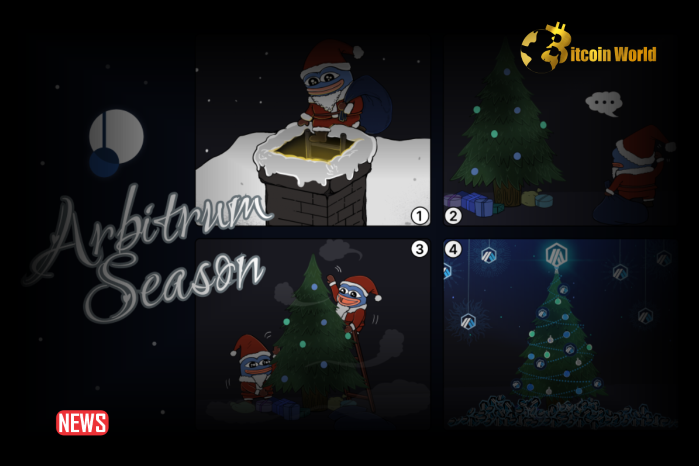Pendle has introduced new pools on the Arbitrum network to attract liquidity providers (LPs). The new setup targets holders of UNI, LINK, ETH, WBTC, CRV, CVX, USDT, and USDC.
Paging all holders of $UNI, $LINK, $ETH, $WBTC, $CRV, $CVX, $USDT, $USDC… or any assets really
You can now zap in with any of your favourite assets into the @ether_fi King Karak / Super Symbiotic LRT pools on Pendle!
Super yield for super you – nothing less for the royalty of… pic.twitter.com/zJrmN3yzMV
— Pendle (@pendle_fi) July 15, 2024
The project has also formed a partnership with the restaking protocol Karak Network, enabling depositors to place Pendle‘s Principal Tokens (PT) on Karak’s platform and earn Karak points (XP).
“Earn additional ~ rewards on top of Karak XP with your PT-weETH, PT-rsETH and PT-ezETH,” Pendle tweeted.
Pendle is spreading the joy of @Arbitrum season to @Karak_Network ?
Earn additional ~ rewards on top of Karak XP with your PT-weETH, PT-rsETH and PT-ezETH ~
?? https://t.co/XveRpFzmm2 pic.twitter.com/ijWpxFPGIW
— Pendle (@pendle_fi) July 15, 2024
On July 5, Pendle CEO TN Lee told The Defiant that Pendle is collaborating with various protocols to bounce back from the TVL drop.
“We’ve been talking to protocols, and some have provided higher multipliers,” he said. For instance, EtherFi has offered a 4x multiplier, and Pendle’s pools on Arbitrum also incentivize LPs with ARB tokens.
The drop in TVL to $3.7 billion from a peak of $6.2 billion was triggered by the maturation of several large liquid restaking markets on June 27.
Concurrently, the protocol’s PENDLE token plummeted 50% before recovering some losses amid the ongoing crypto rally.

On Pendle, Liquid Restaking Tokens (LRTs) are split into Principal Tokens (PTs) and Yield Tokens (YTs).
When users stake assets like ETH, they receive PT-ETH, which can be converted back to ETH when the staking period ends. YTs represent the rewards earned from staked assets and can be traded separately.
Activity on Pendle peaked ahead of EigenLayer’s highly anticipated token generation event (TGE) as users sought to maximize their EIGEN airdrop allocations.
Lee explained that the maturity of these LRT pools, which were launched earlier this year, resulted in close to $4 billion leaving the protocol.
Crypto analyst and influencer 2Lambroz.eth explains that Karak supports two types of EtherFi assets — eETH(Karak) and weETHk.
eETH(Karak) refers to EtherFi’s LRT that’s been wrapped and deposited directly into Karak. weETHk, on the other hand, represents a mix of different LRTs and LSTs that are deposited into Karak through EtherFi.
Both yield the same points from EtherFi, but weETHk offers users twice as many points from Karak and additional VEDA points.
Disclaimer: The information provided is not trading advice, Bitcoinworld.co.in holds no liability for any investments made based on the information provided on this page. We strongly recommend independent research and/or consultation with a qualified professional before making any investment decisions.


